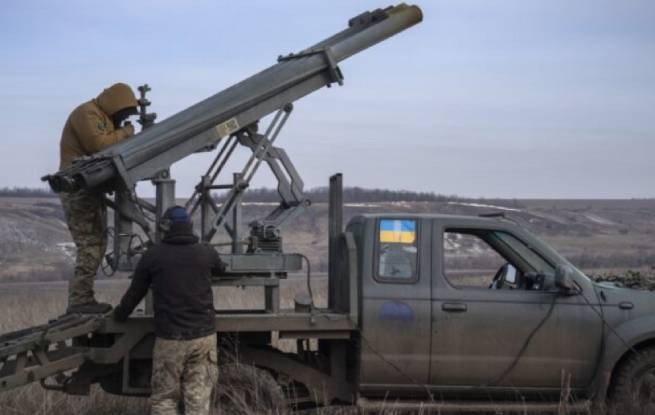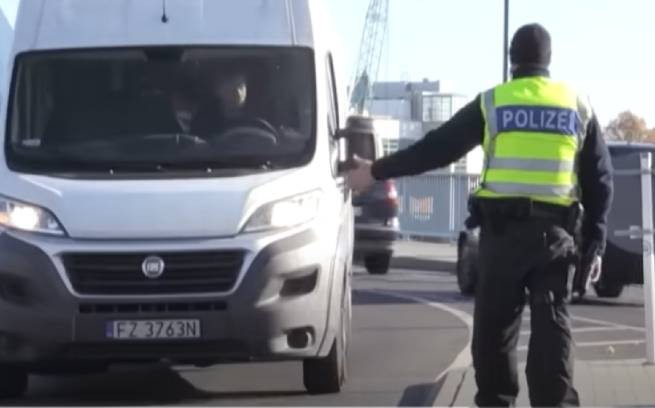At internal European borders, some countries are reinstating border controls. The reason is the migration crisis that the European Union is once again facing.
Are border controls allowed within the Schengen area and will it prevent Romania and Bulgaria, who have been waiting for their turn for more than 15 years, from joining the Schengen space?
One of the main principles of the Schengen Agreement is freedom of movement, which is why there is no control at the internal borders of the countries included in the group. But the agreement contains clauses that provide for the temporary restoration of border control. This primarily concerns cases of threat to state order or internal security.
This year, seven Schengen states took advantage of these provisions in the code. Eugenio Cusumano, assistant professor of political science at the University of Messina, explains:
“The Schengen Border Code allows member states to reintroduce border controls in the event of a serious threat to their national security, provided that this measure is necessary as a last resort and is of a temporary nature. Currently, Schengen states interpret these conditions very broadly.”
According to the political scientist, this situation creates a “domino effect”: countries neighboring the state taking back control at the border follow its example:
“The restoration of border controls is being used as a signal to the public that the government is getting tough on migration.”
Cusumano notes that this is a fairly attractive strategy at a time of growing populist sentiment. And Alberto-Horst Neidhardt, director of the migration program at the Center for European Policy, adds:
“What we are seeing now is another example of the fragility of the Schengen area. Germany and now other member countries are restoring border controls. This is happening for several reasons, including political ones. In particular, this is due to the upcoming local elections and national levels, puts pressure on central governments.”
According to him, this is also due to the arrival of a large number of migrants in southern European countries. Thanks to the lack of borders, refugees move freely across the continent, and in some countries EU In recent months there has been a sharp increase in the number of asylum requests. Particularly in Germany.
Berlin explains the resumption of checks at the borders with Poland and the Czech Republic with the fight against human traffickers. Croatia and Slovenia are intensifying monitoring of border crossings with newly joined Schengen zones. Cusumano states:
“Often we are talking only about random checks. They stop only a part of the people crossing the border. In fact, this is not a complete restoration of internal borders. This is a symbolic measure. The Schengen system is in perfect order. This is one of the greatest achievements of European integration.”
In June 1985, the Schengen Agreement was signed by five countries: France, Germany, Belgium, the Netherlands and Luxembourg. This happened on the ship “Princess Marie-Astrid” on the Moselle River, not far from the place where the borders of Luxembourg, France and Germany meet. The agreement was named after the nearest settlement – Schengen.
A little later, almost all countries of the expanding EU, as well as Switzerland, Iceland, Norway and Liechtenstein, joined the agreement. Ireland was unable to enter Schengen due to a separate agreement with the UK.
Romania, Ireland, Bulgaria and Cyprus, although they are members of the EU, are not included in the Schengen area, notes euronews. And Bulgaria and Romania have been waiting for more than 15 years to be allowed to join the Schengen group. Experts believe that this will happen before the end of 2023.
The European Parliament has repeatedly called on the governments of the group of countries to allow Bulgaria and Romania to join the Schengen area as soon as possible, noting that they have already fulfilled all the necessary requirements. In September, European Commission President Ursula von der Leyen, delivering her State of the Union address, said that this must be done “without further delay.” Political scientist Eugenio Cusumano says:
“For a long time it was believed that they were not yet ready and there was a long way to go. But in fact, it looks like they will become part of the Schengen area by the end of 2023. This could probably be achieved faster, but at least they are already on this way”.
Let us remind you that in order to include new members in the Schengen space, all countries of the group must vote for them. The Netherlands and Austria are blocking the entry of Bulgaria and Romania, saying that it is through them that a large number of migrants heading to Europe along the so-called “Balkan route” enter the European Union.







More Stories
A 48-year-old Ukrainian was killed in Hungary
Paris: wild clashes between police and "black" block
Modern Germans are far from the most hardworking in Europe